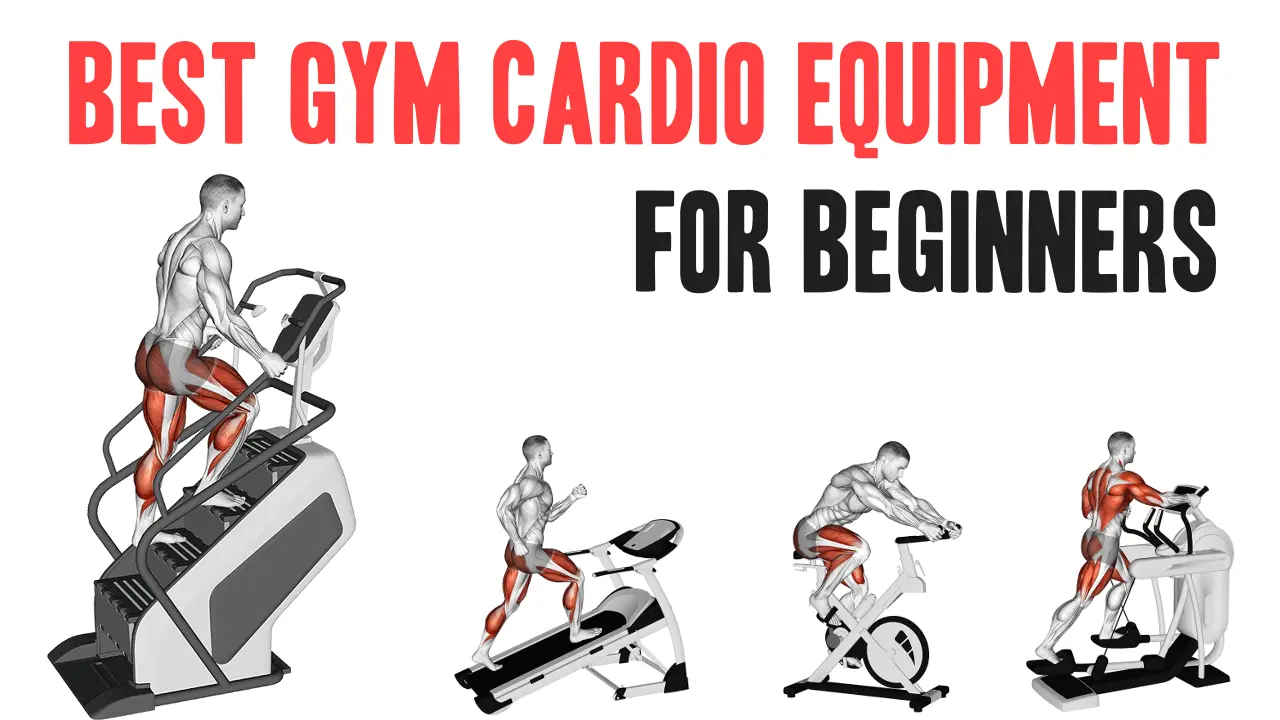Contents
Starting a cardio routine at the gym can feel overwhelming. Rows of machines, blinking screens, and unsure steps may leave you wondering: Which cardio equipment is best for me as a beginner?
The good news: you don’t need to master every machine. A few key pieces of cardio equipment stand out for their ease of use, effectiveness, and low risk of injury—making them perfect for beginners.
In this guide, we’ll explore the top 5 beginner-friendly cardio machines, how to use them properly, and which one best suits your goals.
What Makes Cardio Equipment Beginner-Friendly?
Before diving into the list, here’s what to look for:
- Low learning curve (easy to use without a trainer)
- Joint-friendly (low impact on knees/hips)
- Adjustable intensity (resistance/speed control)
- Comfortable posture and stride
- Suitable for all fitness levels
Top 5 Best Cardio Machines for Beginners
1. Treadmill
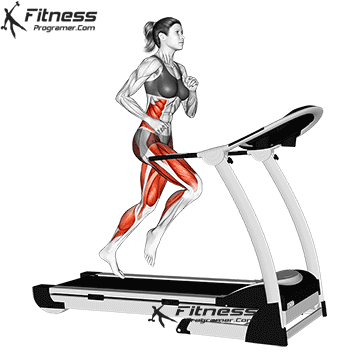
Best for: Walking or jogging
Muscles Worked: Glutes, hamstrings, calves, core
The treadmill is one of the most popular and intuitive machines for beginners. You can start with a brisk walk and progress to incline walking or light jogging.
Beginner Tips:
- Start at a 0–2% incline to reduce knee strain
- Walk at 2.5–3.5 mph to build aerobic base
- Use the safety clip and avoid leaning on handrails
Pros:
- Natural movement pattern
- Easy to track progress with distance, calories, and pace
Cons:
- Running may be high-impact for some users
2. Elliptical Trainer
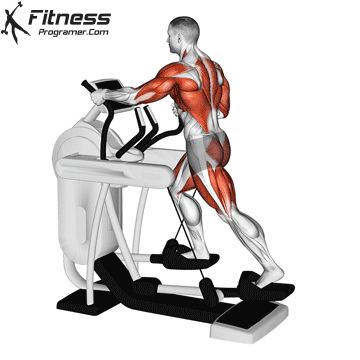
Best for: Low-impact, full-body cardio
Muscles Worked: Quads, hamstrings, glutes, chest, arms
Ellipticals provide a smooth, gliding motion that’s easier on the joints than treadmills. Most models have moving handles to activate the upper body, offering a total-body workout.
Beginner Tips:
- Focus on posture—stand tall with relaxed shoulders
- Use the resistance level to control intensity
- Start with 15–20 minutes at low resistance
Pros:
- Great for joint health
- Engages both upper and lower body
Cons:
- Coordination takes a few sessions to get used to
3. Stationary Bike (Upright or Recumbent)
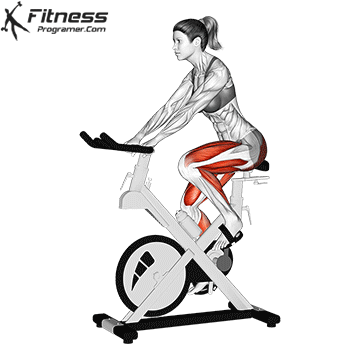
Best for: Seated cardio with minimal joint stress
Muscles Worked: Quads, glutes, calves
Stationary bikes are excellent for beginners, particularly those with joint pain or limited mobility. The recumbent bike provides back support, while the upright bike offers a more traditional cycling posture.
Beginner Tips:
- Adjust the seat height to align your knee at 25–35° flexion at the bottom of the pedal stroke
- Start with 10–15 minutes at a moderate pace
Pros:
- Low joint impact
- Easy to maintain consistent cadence
Cons:
- May be less engaging than other machines if done solo
4. Rowing Machine (Ergometer)
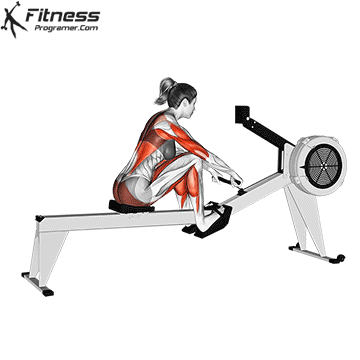
Best for: Full-body conditioning, strength and posture training
Muscles Worked: Back, shoulders, arms, legs, core
Rowers offer a calorie-torching, low-impact workout that builds strength and endurance. While slightly more technical, it’s still beginner-friendly with a short learning curve.
Beginner Tips:
- Learn the stroke pattern: Legs → Back → Arms
- Keep the back straight—avoid hunching
- Start with 3–5 minutes to practice technique
Pros:
- Full-body activation
- Improves posture and cardiovascular fitness
Cons:
- Requires coordination and technique for best results
5. Stair Climber (Stair Stepper)

Best for: Lower-body endurance and calorie burn
Muscles Worked: Glutes, calves, quads
This machine mimics stair climbing, a natural and highly effective movement for strengthening the legs and glutes. It’s ideal for short, high-intensity cardio bursts.
Beginner Tips:
- Start slow—don’t grip the rails tightly
- Maintain upright posture
- Try 1–2 minute intervals followed by rest
Pros:
- Great for toning the legs and burning calories
- Short, effective workouts
Cons:
- Can fatigue legs quickly if unconditioned
Comparison Table
| Machine | Impact Level | Calories Burned (30 mins)* |
|---|---|---|
| Treadmill | Medium | 200–300 (walking/jogging) |
| Elliptical | Low | 240–300 |
| Stationary Bike | Low | 210–250 |
| Rowing Machine | Medium | 250–350 |
| Stair Climber | Medium | 300–400 |
*Calories burned depend on user weight and intensity. (Source: Harvard Health, 2021)
Which Cardio Machine Is Right for You?
| Goal | Best Option |
|---|---|
| Fat loss | Stair climber, rowing machine |
| Joint pain or recovery | Recumbent bike, elliptical |
| Endurance building | Treadmill, upright bike |
| Strength and conditioning | Rowing machine |
| Total body activation | Elliptical, rower |
| Low impact & easy start | Stationary bike, elliptical |
Getting Started: Beginner Cardio Routine
Sample 20-minute cardio session:
- Warm-Up (3–5 min): Easy pace on chosen machine
- Main Set (15 min):
- 1 min moderate pace
- 1 min light pace (recovery)
- Repeat for 7 rounds
- Cool Down (2–3 min): Decrease intensity and stretch
Aim for 3–4 sessions per week, increasing duration and resistance gradually.
Final Thoughts
When beginning your fitness journey, selecting the right cardio equipment can boost your confidence, consistency, and results. Start simple, listen to your body, and focus on proper technique.
Consistency beats intensity—pick the machine you enjoy the most and stick with it!
References
- Harvard Medical School. (2021). Calories burned in 30 minutes for people of three different weights. https://www.health.harvard.edu
- American College of Sports Medicine (2021). ACSM’s Guidelines for Exercise Testing and Prescription (11th Ed.).
- Garber, C.E., et al. (2011). Quantity and Quality of Exercise for Developing and Maintaining Cardiorespiratory, Musculoskeletal, and Neuromotor Fitness in Apparently Healthy Adults. Medicine & Science in Sports & Exercise, 43(7): 1334–1359. https://doi.org/10.1249/MSS.0b013e318213fefb
- Ainsworth, B.E., et al. (2011). 2011 Compendium of Physical Activities: A Second Update of Codes and MET Values. Medicine & Science in Sports & Exercise, 43(8), 1575–1581.

